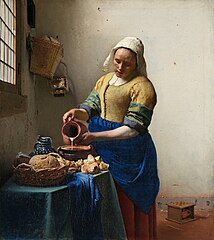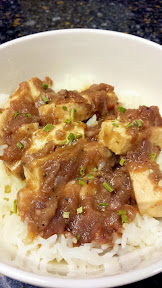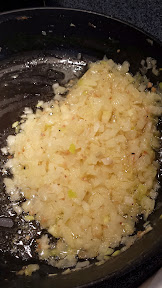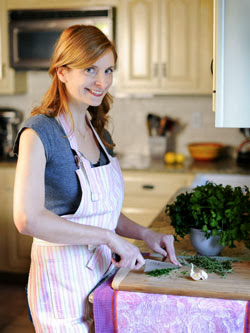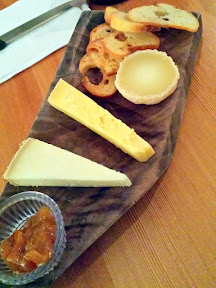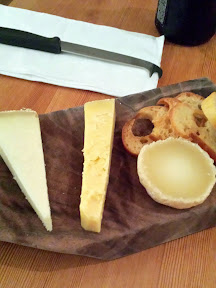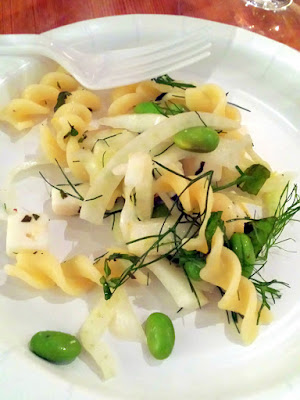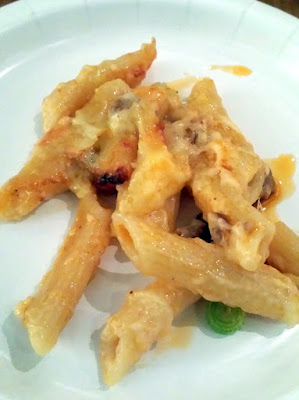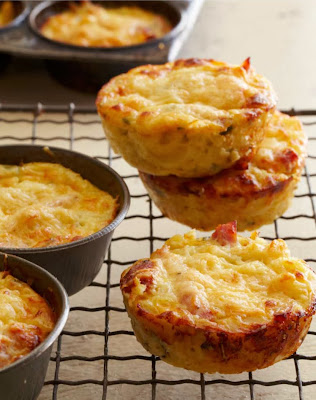For May the Kitchen Reader book club selected reading is A History of the World in 6 Glasses by Tom Standage. For our casual online club there is a new book selected for every month, each book is related to food, and members write a review on their blog during the last week of that month. If you are interested in joining, check out the website.
This was a pretty quick read for me, part of it is because the tone is very light, which makes sense as the author is an essayist who often writes articles for magazines. As you proceed through it, you get to pick up lots of interesting facts about how the six beverages of the book- beer, then wine, then liquor, then coffee, then tea, and then Coca Cola – was an incarnation of a certain time period of western history. Everything is easy to understand and follow, although at times information is just stated as a story or cause and effect without much more proof to argue that the statement or tale is true. But, there isn’t really anything controversial here. And even if there is sometimes missed opportunities, there are still plenty of fun stories and facts thrown in.
There is one particular quote that I wanted to point out, as I don’t want to give away all the good tidbits of the book, but that I think helps embody why this various liquid drinks are so important in human history:
“Unlike food, beverages can be genuinely shared.When several people drink beer from the same vessel, they are all consuming the same liquid; when cutting up meat, in contrast, some parts are deemed more desirable than others.As a result, sharing a drink with someone is a universal symbol of hospitality and friendship.”
It was true in each of the time periods, with each beverage, even if some were alcoholic, some were not, some were religious or intellectual or even initially for health reasons, several were even used as a form of currency, but all endured because of the role drinks lay in socializing.
Also interesting to me is that some of the social roles still remain today in our current society.
- Beer remains seen as a “common man” drink that equalizes everyone. It may have also played a strong part in early human civilization settling down because the beer process makes water safer to drink. Also, people used to drink beers together from the same vessel using straws!
- Wine still carries to this day the air of civilized refinement from the Greeks (which probably began with the fact that wine production needs specific climate or trade, while beer is made from the much more common grain). When absorbed by the Romans, wine could emphasize social divisions based on how good your wine was (based on type and how old it was- something that still is intimidating/gives an air of judgement based on what you drink and snobbery today!).
- Distilled spirits are often still seen, unlike beer and wine, as a means for getting drunk. The distillation process from alchemical laboratories became dominant during the Age of Exploration, a reflection of how science and travel/navigation were becoming more intertwined – and it certainly helped that distilled alcohol worked well for long cruises in both being efficient as only small rations were needed and mixed with lemon or lime juice helped combat scurvy. The book went a little into how it also was a tool for social control – with a mention of slavery in rum production and only the vaguest hint of the effect to help subjugation with discovered civilizations in the New World. To balance that, although rum encouraged the slave trade, whiskey was a symbol of the pioneer spirit of America.
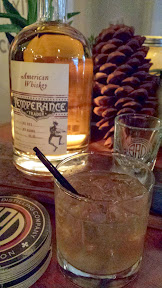
- Coffee continue to be regarded now as the opposite of alcohol and a soberer (even though this isn’t true!) and the drink of those who are smart. Coffeehouses remain a gathering place for learning. This is where I noticed that the book does focus a great deal on Western Civilizations, as there are many different ways people of the worlds “take” their coffee, and I wish we could have explored that a little.
- Serving tea at home is still seen as a symbol of being genteel, probably stemming from its Asian ceremonial origins! Too bad though it has lost its ability to just be a whole new afternoon meal because I would like more accessible adorable dainty tea sandwiches and excuses for clotted cream.
- Coca Cola came from the trend at the time to market soda water as a health drink because of it’s refreshing bubbles similar to spring water. I totally admit first I laughed, and then I remembered that when I’m not feeling well I still rely on Sprite to help “settle my stomach”. I also admit that when I was in Atlanta I visited the Coca Cola museum and was surprised that it was pretty fun! I have to admit I didn’t get to finish reading the last chapter yet on globalization, but it’s pretty obvious it is true… have you heard the Coca Cola song for the World Cup, or the ad during the superbowl with America the Beautiful in different languages?
Next in June the book club reading is A Moveable Feast (Lonely Planet Travel Literature) published by Lonely Planet. It has a lot of essays in it by different authors and looks very interesting!







